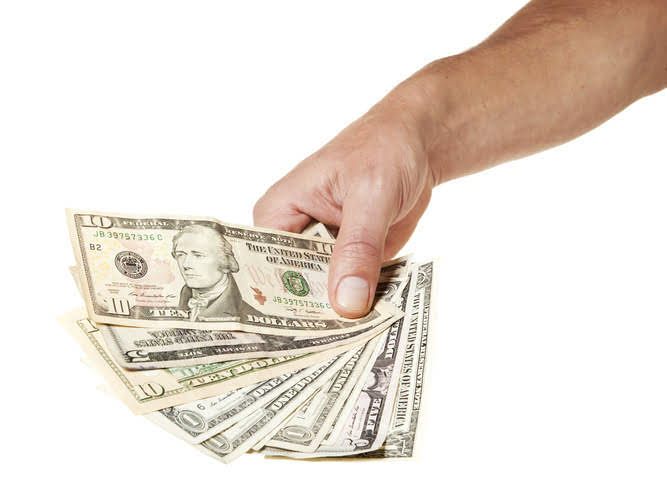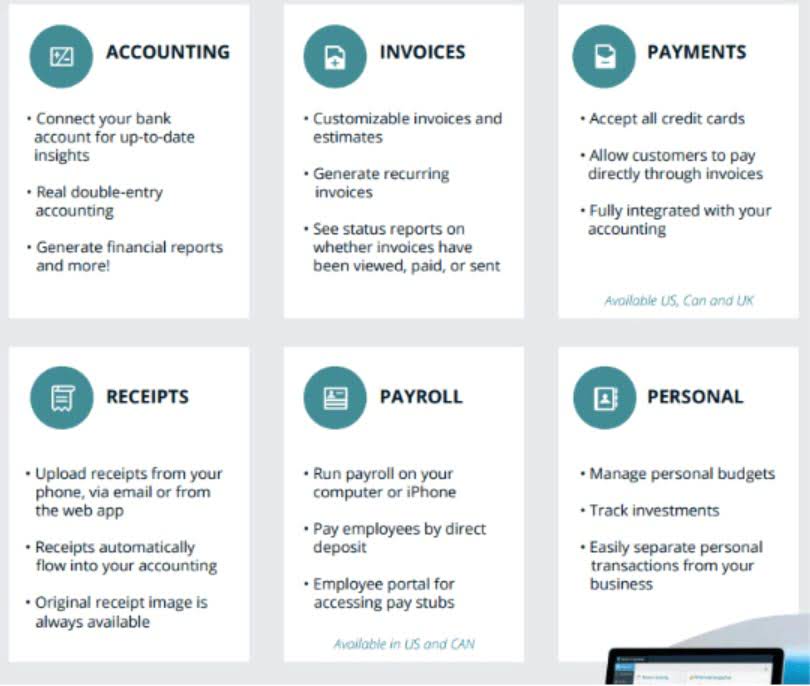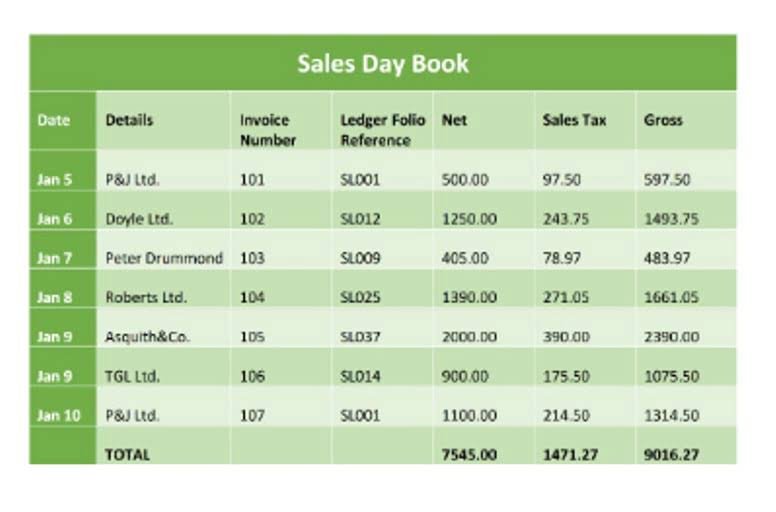
Purchase orders are legally binding contracts issued by your business to another business or supplier to purchase and sell goods or services. The document outlines a commitment made by one party to the other to buy the products described within the PO at a later date. Most modern business processes are no longer paper-based, and the PO process is no different. Buyers can submit electronic purchase orders, and these digital systems often integrate with a company’s accounting software to keep the entire operation streamlined and efficient. Purchase orders are one part of a business’s procurement process, which involves the purchasing of goods and services.

What is a purchase order vs invoice?

Once the supplier has delivered the items to you, and the order process has been fulfilled, you would need to pay them for these goods. The seller will issue you a sales invoice, using the corresponding PO number for easy referencing. From that invoice, you can pay off the order and complete the transaction. Purchase orders are used by businesses to place an order without having to pay for the products at the time the PO is issued.

Step 2. PO approval
- In addition, you can take discounts out of the final cost and take into account shipping and handling.
- Establish a repeatable approach for each order, and continually refine it based on performance data and feedback.
- Create a step-by-step workflow showcasing interactions as well as where document data is inputed and transferred during the transaction.
- To stay on top of inventory issues and supplier relationships, it’s important to proactively manage stock levels using tools that integrate seamlessly with your procurement system.
- Most of today’s major vendors are accustomed to receiving incoming orders through a standard purchase order.
- A blanket purchase order is used when you intend to make repeated purchases over a long period with the same supplier, most often for items with predictable demands, like stationery.
If purchase orders used to be manual, time-consuming, and mostly paper-based; it’s now going digital. As purchasing fundamentals evolved in the 20th century, businesses began focusing on qualifying purchasing personnel and standardizing procedures to streamline procurement. The only problem was – it was income statement a bit difficult to create, manage, and keep up with purchase orders.
- Learn how to create purchase orders quickly with all the resources Visme has in store for you.
- For buyers, purchase orders serve as a comprehensive and organized document to express a request for the need for goods and services from suppliers.
- Precoro Blog is where Finance and Procurement professionals get advice, tips and news to streamline the business purchasing process.
- Once approved, send the purchase order to the supplier via email, fax, or mail.
- A purchase order flowchart is a representation of the important procedures included in the purchase order process.
- If details are incorrect or unacceptable, the seller can request amendments.
Purchase Orders Vs. Purchase Requisition
Invoices are only used in business-to-business transactions, not involving a company and an individual consumer. When your procurement system is linked to your ERP, it streamlines the flow of data, ensuring that purchase orders and financial details are instantly available to your Bookstime team. This helps keep budgets accurate and allows for better decision-making.

Blanket Purchase Order

Information regarding medium of transit and delivery charges can also be included. If there are any special unloading instructions, you’ll want to record them here so your supplier knows what to expect when the shipment arrives. Each item on your order form should be accompanied by the quantity you wish to order and the price per unit for each item. You’ll use these figures to calculate your order total and any tax applicable to the final transaction. Once matching is completed and potential mismatches are resolved, the bill should be routed for approval to the necessary people and eventually, payment is released to the seller. Supply Chain Orchestration uses a buy flow to create a purchase order, which is a document that starts a purchase process.
- In this blog, we provide an overview of everything you need to know about purchase orders.
- If you have seen or created a purchase order before, there are still other types you need to know.
- They specify how the parties will collaborate, whether it’s for personal or professional purposes.
- Specify the recipient — seller company name, specific contact person and seller address.
Without the need for physical paperwork, orders can be generated, reviewed, and approved almost instantly. This rapid turnaround can what is a purchase order significantly reduce lead times, ensuring that businesses get what they need faster. It can be a nightmare for both parties to determine where a request went wrong.
